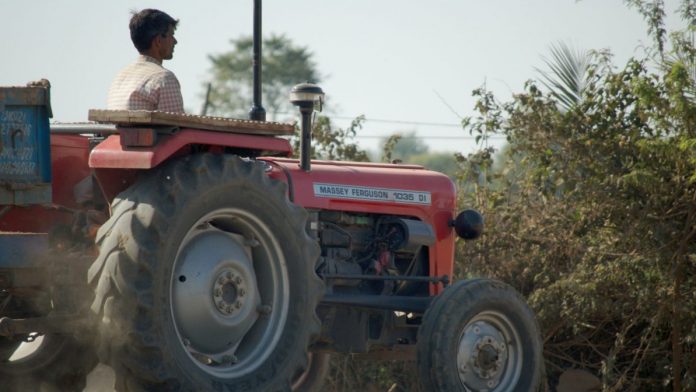The Hindu, February 12, 2015, by K P Prabhakaran Nair
http://www.thehindubusinessline.com/opinion/the-debt-story-less-told/article6887610.ece
Small and marginal farmers in rainfed regions are trapped in a losing battle with agriculture — and with life
The lot of the poor Indian farmer keeps deteriorating with the passage of time. According to the National Sample Survey Office (NSSO) data released on December 19, 2014, during the last decade, the bloated debt of Indian agricultural households increased almost 400 per cent Even the number of heavily indebted households has steeply increased during this period.
The report is titled Situation Assessment Survey of Agricultural Households in India, and is based on a national survey covering 35,000 households during 2012-13. Though the definition of an agricultural household has changed during the last decade, the basic features remain the same. The survey states that, on an all-India basis, more than 60 per cent of the total rural households covered in 11 States are in deep debt, though wide variations exist, ranging from 92.9 per cent households indebted in Andhra to 17.5 per cent in Assam. Loan patterns show it is 60 per cent institutional loans and 40 per cent non institutional loans. Moneylenders make up most of the non-institutional lenders.
Green revolution myth
Average debt per household is ₹47,000, while average income is ₹36,973 per annum. In 2002-03, India had 148 million rural households which increased to 156 million by 2012-13, a 5.4 per cent increase in a decade.
The data point to another disturbing trend. While average income from 2002-03 to 2012-03 increased by 318 per cent, most worryingly, total debt per household increased by 273.5 per cent during the same period, proving that while income from sale of agricultural products increased due to a price advantage during the last one decade, it has not translated into a reduction in rural indebtedness. Has the so-called green revolution really helped the poor and marginal farmer of India?
Benefits by way of better seeds or fertiliser input have been cornered by rich and affluent farmers in Punjab, Haryana, western Uttar Pradesh, Andhra, Tamil Nadu and Karnataka. The poor and marginal farmers of Bihar, Odisha and eastern Uttar Pradesh are in a miserable state. There are reasons to believe that indebtedness of rural agricultural households cannot be just 60 per cent, as shown by the NSSO survey, but perhaps as much as 70-80 per cent.
The enthusiasts of highly extractive agriculture, euphemistically called the green revolution, based on “high input technology” — very liberal, often unbridled, quantities of chemical fertilisers, very expensive hybrid or Bt seeds, copious use of irrigation water — kept proclaiming the “success” of this revolution. But the poor and marginal farmers , primarily in the vast rainfed areas of the country, were simply left out.
Their farms remained parched, while their debts soared. The Vidarbha region of Maharashtra, where Bt cotton failed miserably in parched rainfed fields and farmers in thousands took their own lives, unable to repay the loan sharks, became a global shame. Only where rich farmers had access to assured irrigation water coupled with unbridled use of chemical fertilisers could Bt cotton perform well.
PDS leakages
Many farmers are unaware of the minimum support price. And, often, these farmers resort to distress sale of their produce to clear the loans from moneylenders, obtained at exorbitant interest rates. In collusion with unscrupulous local traders and commission agents, government agencies delay procurement of grains by, in some cases, as many as 50-60 days.
The poor end up spending more than 50 per cent of their meagre farm income buying food for mere subsistence, while the government procured grain in the FCI godowns finds its way into the hands of corrupt officials, middlemen and grain traders.
Though the contribution of India’s agriculture to the country’s GDP is 18 per cent and it provides employment to more than 60 per cent of the total workforce of the country, if one goes by the NSSO survey, the country is heading towards a crisis in agriculture. The Prime Minister would do well to rethink his ‘Make in India’ strategy. These poor and highly indebted farmers, most with no formal education, cannot be allowed to migrate to congested urban areas to eke out a miserable, daily wage-earner’s life.

About the author